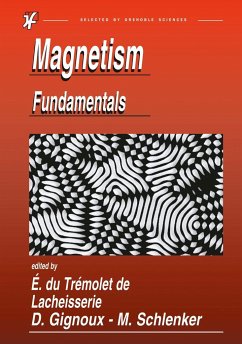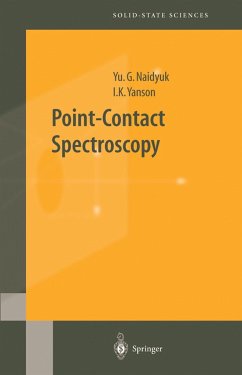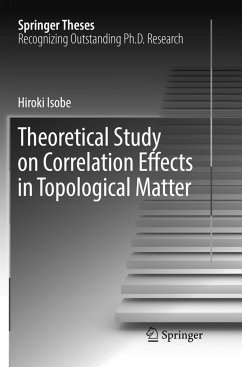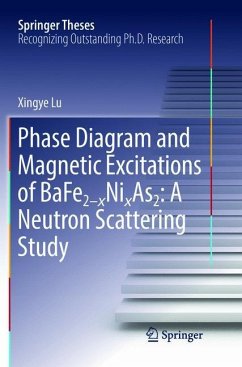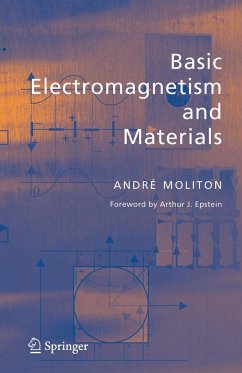
Spectral Methods in Surface Superconductivity

PAYBACK Punkte
19 °P sammeln!
During the past decade, the mathematics of superconductivity has been the subject of intense activity. This book examines in detail the nonlinear Ginzburg Landau functional, the model most commonly used in the study of superconductivity. Specifically covered are cases in the presence of a strong magnetic field and with a sufficiently large Ginzburg Landau parameter kappa.Spectral Methods in Surface Superconductivity is intended for students and researchers with a graduate-level understanding of functional analysis, spectral theory, and the analysis of partial differential equations. The book a...
During the past decade, the mathematics of superconductivity has been the subject of intense activity. This book examines in detail the nonlinear Ginzburg Landau functional, the model most commonly used in the study of superconductivity. Specifically covered are cases in the presence of a strong magnetic field and with a sufficiently large Ginzburg Landau parameter kappa.
Spectral Methods in Surface Superconductivity is intended for students and researchers with a graduate-level understanding of functional analysis, spectral theory, and the analysis of partial differential equations. The book also includes an overview of all nonstandard material as well as important semi-classical techniques in spectral theory that are involved in the nonlinear study of superconductivity.
Spectral Methods in Surface Superconductivity is intended for students and researchers with a graduate-level understanding of functional analysis, spectral theory, and the analysis of partial differential equations. The book also includes an overview of all nonstandard material as well as important semi-classical techniques in spectral theory that are involved in the nonlinear study of superconductivity.






